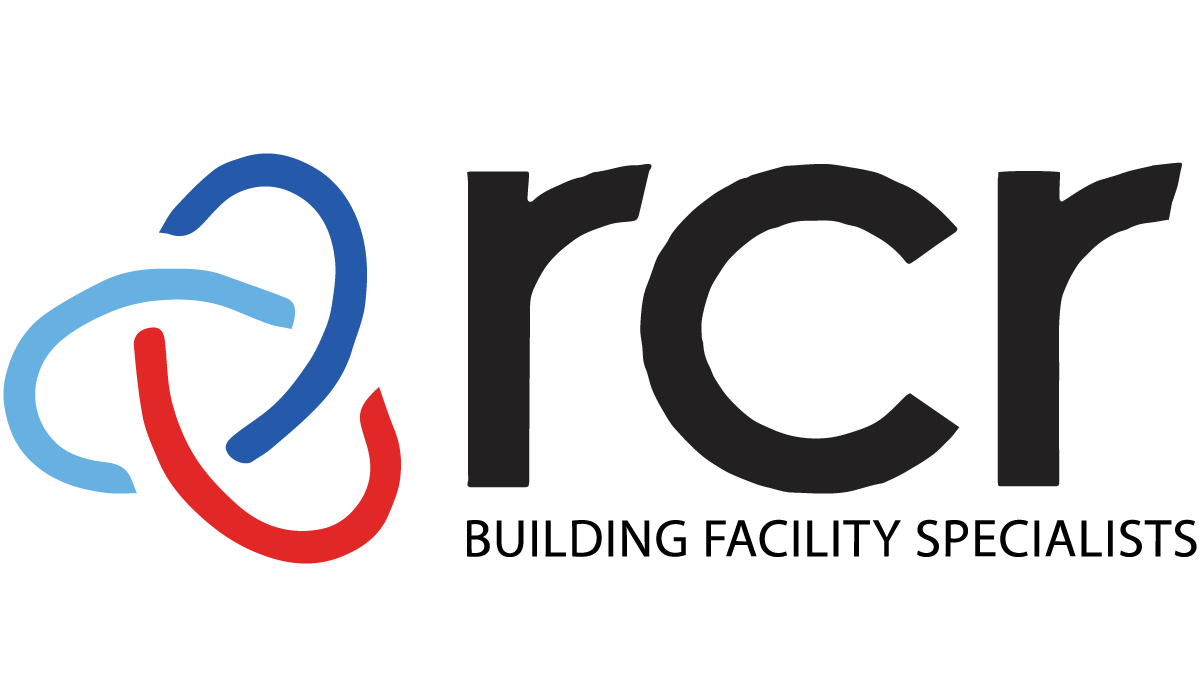Do you live or work in a smart building?
Is it time to reconsider “smart” structures?
The well-known businessman and self-described “computer genius” Steve Jobs. He was widely regarded as a pioneer during the 1970s and 1980s personal computer era.
Technology is nothing, according to Jobs. What matters is that you believe that if you give people the right tools, they are inherently decent and intelligent and will use them to great effect.
Our interest in the usage of the word “clever” was piqued by the mention of it. Intelligence is a synonym for “smart.” There is a SMART technique to write management’s goals and objectives, according to a report by George T. Doran that first mentioned the acronym. The letters in the acronym stand for precise, measurable, attainable, pertinent, and timely.
A smart building is an idea that has been around for a while. Sadly, the word is now rather overused and has even been taken up by some commercial interests, who practically seem to be claiming ownership of the expression. A truly smart building should be seen to follow the SMART acronym where it is particular to the task, can provide a measurable difference to the building, for example in energy efficiency, is achievable or action oriented through current technology, is very relevant to the needs of building owners, and is time-related to deliver projects efficiently.
What then constitutes a smart building? A step towards achieving this goal is to have lights that switch on automatically as you enter a room and stay on just when people are present, but is this clever or intelligent? A smart building’s lighting response is frequently how the general public first notices it. With the help of movement detectors, this technology has been available for a long time, but does it meet the criteria for being SMART? Actually, no. Although lighting control is specific, attainable, and pertinent by nature, it does not necessarily meet the criteria for a smart building on its own.
Although having motorised control over blinds and shutters makes life easier for building occupants, does this meet the criteria for being SMART?
We can start thinking about the “Smarter Building” if we move past the typical concept of a smart building. The goal of a Smarter Building should be to simplify living. The highest levels of comfort, security, design, and energy efficiency ought to be offered, both now and in the future. To make life easier and more intelligent for the residents, all building automation features such as blinds, lights, heating, air conditioning, and door communications should be planned and integrated. The variety of options should provide fair price, great performance, and diversity.
A Smarter Building needs to be as distinctive as its residents or employees. The system designer can use the available tools and applications to customise a new solution in accordance with the demands and preferences of the client. By using solutions from a variety of products, full interoperability is provided regardless of brand, vendor, or application.
The Smarter Building may be accessed with the help of digital smart assistants, giving building inhabitants virtually limitless options for comfort, safety, and energy efficiency. The applications in the Smarter Building can be operated using voice control on a variety of digital assistant brands. Direct access via laptops, tablets, and smart phones adds to the operational convenience.
The individual controls of the smart building components must be combined to offer a comprehensive solution in a smarter building. These discrete components can be intelligently connected and include voice-controlled digital assistants, blinds, shutters, lighting, heating, cooling, door entry systems, renewable energy, energy measurement and management, presence simulation, movement detection, panic switches, and more. There are numerous applications on the long list.
Think about service providers who can connect these components, and think about future-proofing your technology. For instance, touch displays were rarely thought of when KNX was formed in 1999; today, they are widely used. Talking to a technology to direct it to perform a certain activity might once have been thought of as a futuristic talent that belonged in science fiction, but it is now practically necessary.
The Smarter Building will enable one-touch scene commands to adjust the climate, lighting, blinds, and media to the ideal conditions for the desired mood. To maintain a sustainable lifestyle, energy use can be tracked and managed to match the capacity of renewable energy sources or, if desired, saved battery charge.
Smart people can accomplish great things with the correct tools, as Steve Jobs once said.




